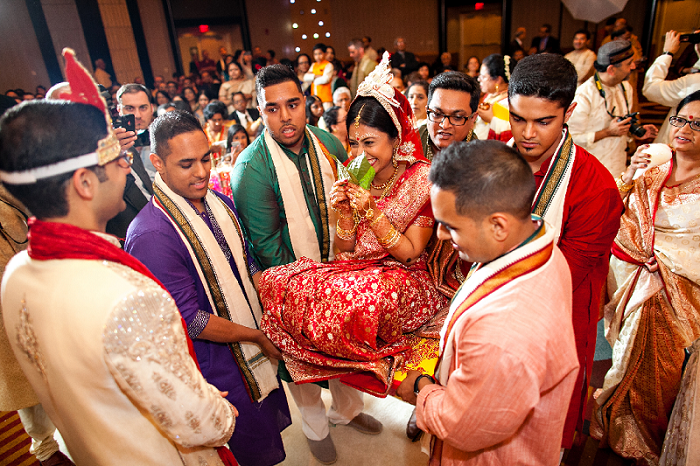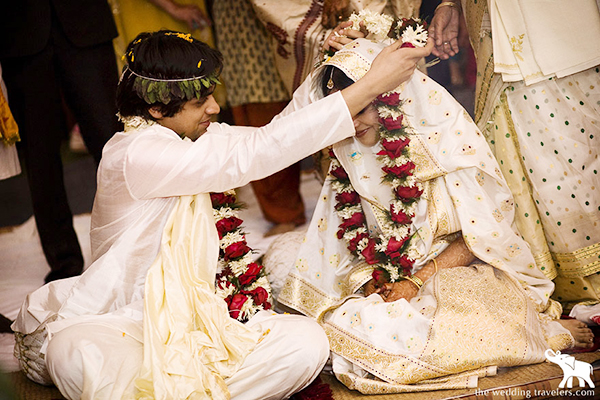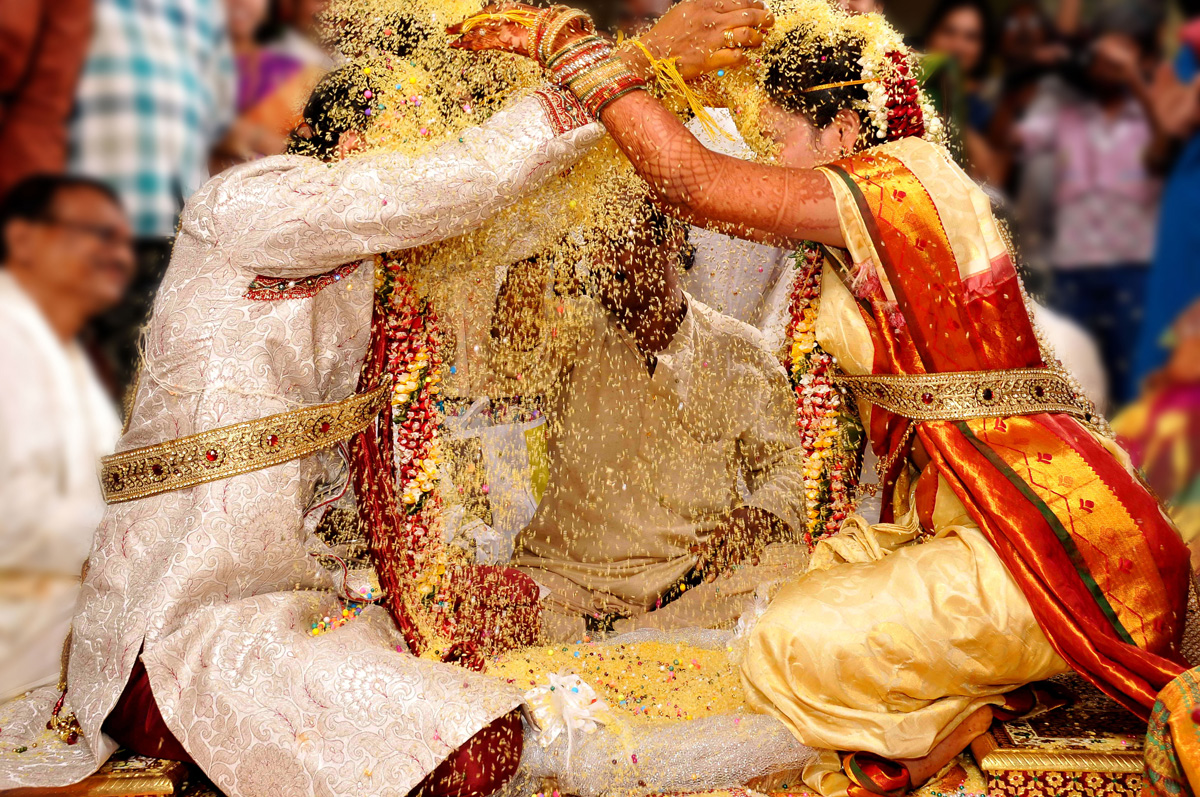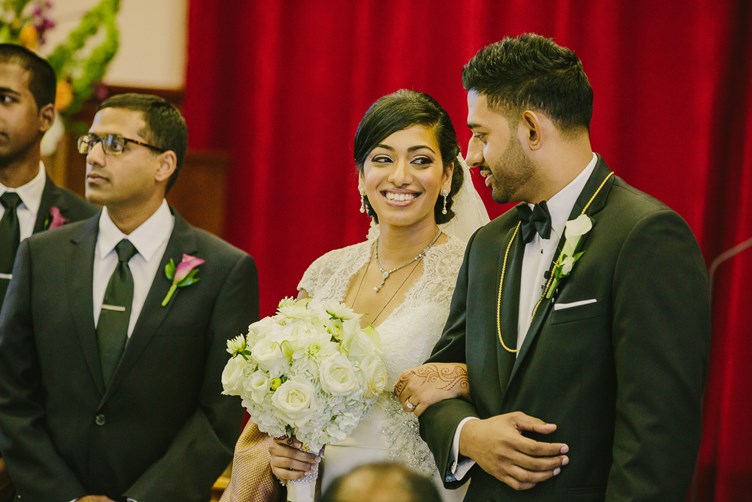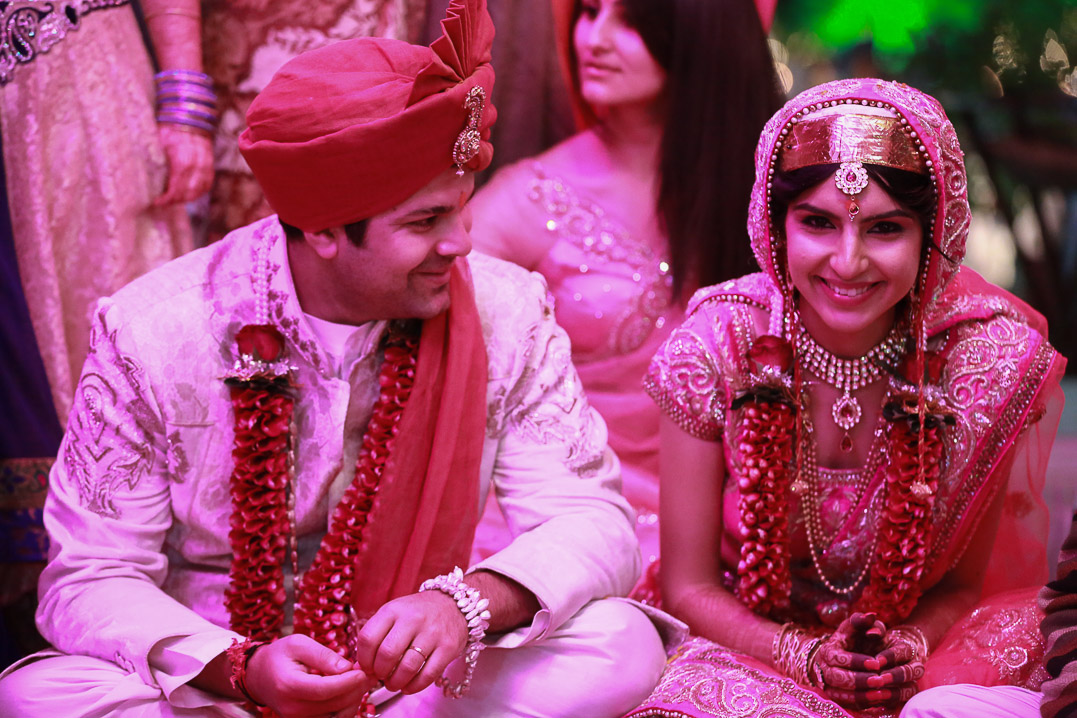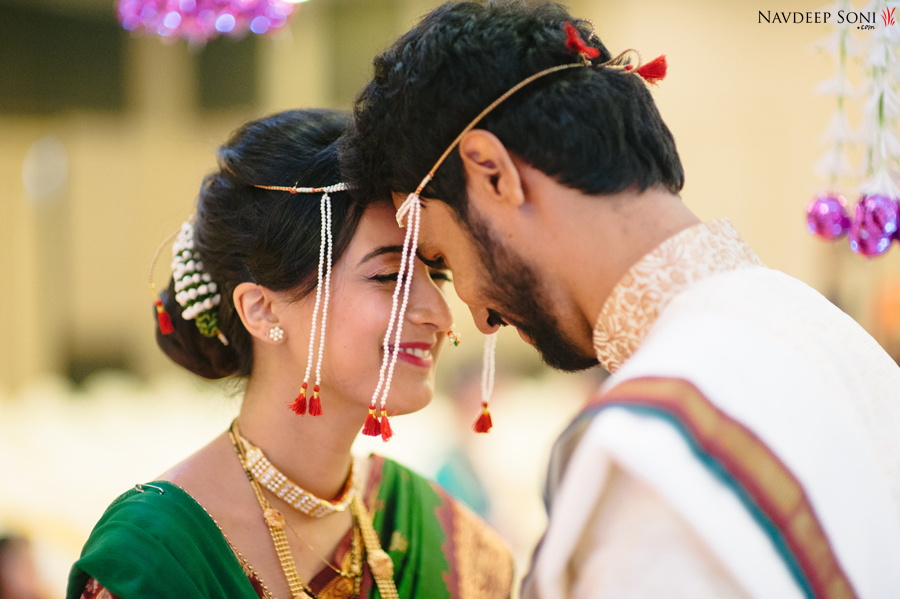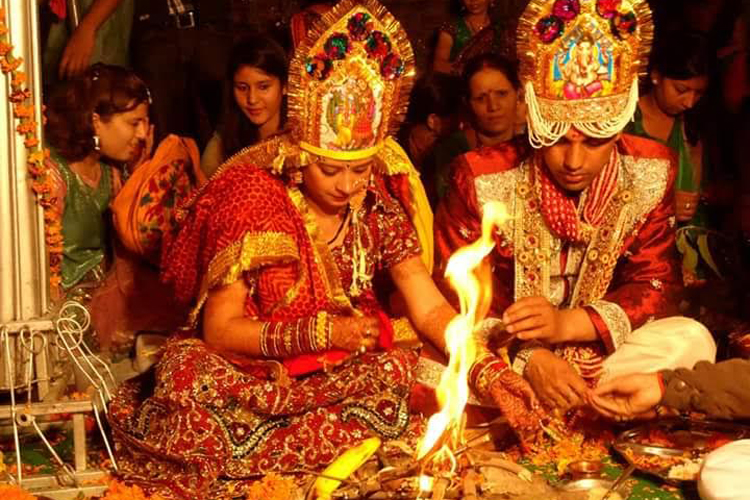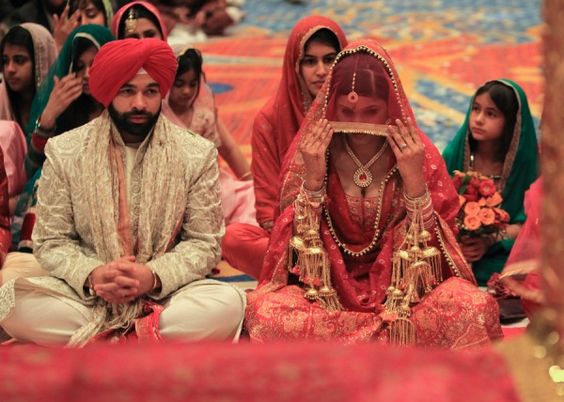15 Different Types of Weddings held in India
Marriages in India are a grand affair and they are held in a unique manner in the different regions and states. Be it north, south, east or west all the weddings in India are celebrated with great gusto and fervor. If you haven’t got a chance to be a guest in any of these weddings, then do check this out and sketch out which kind of wedding do you want.
1. Bengali Wedding
Known for its gusto and pompous celebration, Bengali weddings are incomplete without the ‘Saat Paak’ in which the bride encircles the groom seven times while covering her face with the betel leaves. Shubhodrishti, another ritual is followed after the saat paak in which the bride removes the leaves from her face and the couple’s eyes finally meets. This ritual is followed by the blowing of the conch shells.
2. Malyali Wedding
Weddings in Kerela are momentary and doesn’t take much time to wrap up the function. The Malyali weddings are held in the mornings and the conjugal ceremony is called ‘Velli’. The father of the bride welcomes the groom by washing his feet and the marriage is complete when the groom ties a ‘thali’ or a yellow thread around the bride’s neck.
3. Assamese Wedding
On the day of the wedding, a bathing custom is followed in Assamese wedding in which the bride and groom’s mother visit the nearby river to fetch holy water for the bath. In Assamese wedding, the feast or the reception part is held prior to the marriage ceremony. Earlier curd, rice, and jaggery were served to the guests but now a lavish reception party is hosted in which mouth-watering dishes are served.
4. Buddhist Wedding
Since Buddhism is based on leading a simple life, their weddings are also simple and have a low-key affair. There are no mandatory rules and regulations to be followed in a Buddhist wedding. The couples get married in a Buddhist temple, licensed as a legal marriage venue.
5. Jain Weddings
Jain weddings are highlighted by the three major pre-wedding ceremonies namely Lagana Lekhan, Lagna Patrika, and Sagai. Also, Pheras and Kanya Daan are two of the most notable and important rituals of a Jain wedding.
6. Kannada Wedding
During the auspicious time of the wedding, the bride is brought to be seated at the mandap by her sisters. The face of the bride is covered with a fan made out of peacock feathers. Afterward, the parents of the bride give away their daughters by performing a ritual called ‘Dhare Herdu’ followed by ‘Satapadi’ which is completed by taking seven circles of the holy fire.
7. Gujrati Wedding
The wedding affair starts with exchanging Jaimaala’s twice. Unlike other Hindu weddings, Gujrati’s take four Pheras which are called as Mangal Pheras. During Mangal Pheras, the couple circles the holy fire four times which symbolizes ‘Dharma’, ‘Artha’, ‘Kama’ and ‘Moksha’.
8. Christian Wedding
father and is received by the groom’s best man with flowers. In Christian weddings, the priest reads the psalm and the couple take the vows. The reception is also a grand affair in the Christian weddings in which people feast, sing and dance to celebrate the couple’s union.
9. Kashmiri Wedding
Kashmiri weddings are very similar to Hindu weddings. In Kashmiri weddings, a ceremony called ‘Diugun’ is performed which is similar to the ‘Haldihanth Rasam’. When the groom and his family arrives, both the fathers of the couple exchange nutmeg as a symbol of their friendship.
10. Maharashtrian Wedding
Prior to the wedding trousseau, the ‘Shakhar Puda’ or engagement ceremony takes place. During the wedding, the couple is separated with a silk shawl. Thereafter, the ‘Mangalashtak’ is recited and the shawl is removed. After performing a few rituals, the couple seeks permission from their parents to get tied in the knot, after having their consent the Pheras are finally performed.
11. Marwari Wedding
Pithi Dastoor is one of the cardinal pre-wedding ceremonies which continues until the wedding day. When the groom arrives at the bride’s place he has hit a toran that is tied on the doorway with an aneem stick. This tradition is followed by Pheras and Kanya Daan.
12. Muslim Wedding
Nikah in Islam is read by two priests and after the consent of the couple, the pious Nikah Naama is signed. Hereafter, the assembly is addressed with Khutba-tun-nikah or the marriage sermon. After this sermon, a mirror is placed between the couple, where their eyes meet each other for the first time.
13. Pahari Wedding
On the day of the wedding, a ceremony called Dhulyaraj is performed in which the groom is received. The bride wears a traditional dupatta called ‘Pichorra’ and gets ready for the pheras, which is followed by vidai.
14. Punjabi Wedding
On the wedding day, the bride receives a ‘chuda, the white and red coloured bangles from her maternal uncle or mama. Followed by this ritual, the Ghara Ghardoli ceremony takes place in which the bride and groom are bathed in the holy water brought from the Gurudwara. On the wedding night, the couple exchange garlands and are taken to the mandap to perform other marriage rituals.
15. Sikh Wedding
A Sikh wedding is similar to a Punjabi wedding. The only difference being that it takes place during the day in Gurudwara, where the ardaas are recited.


